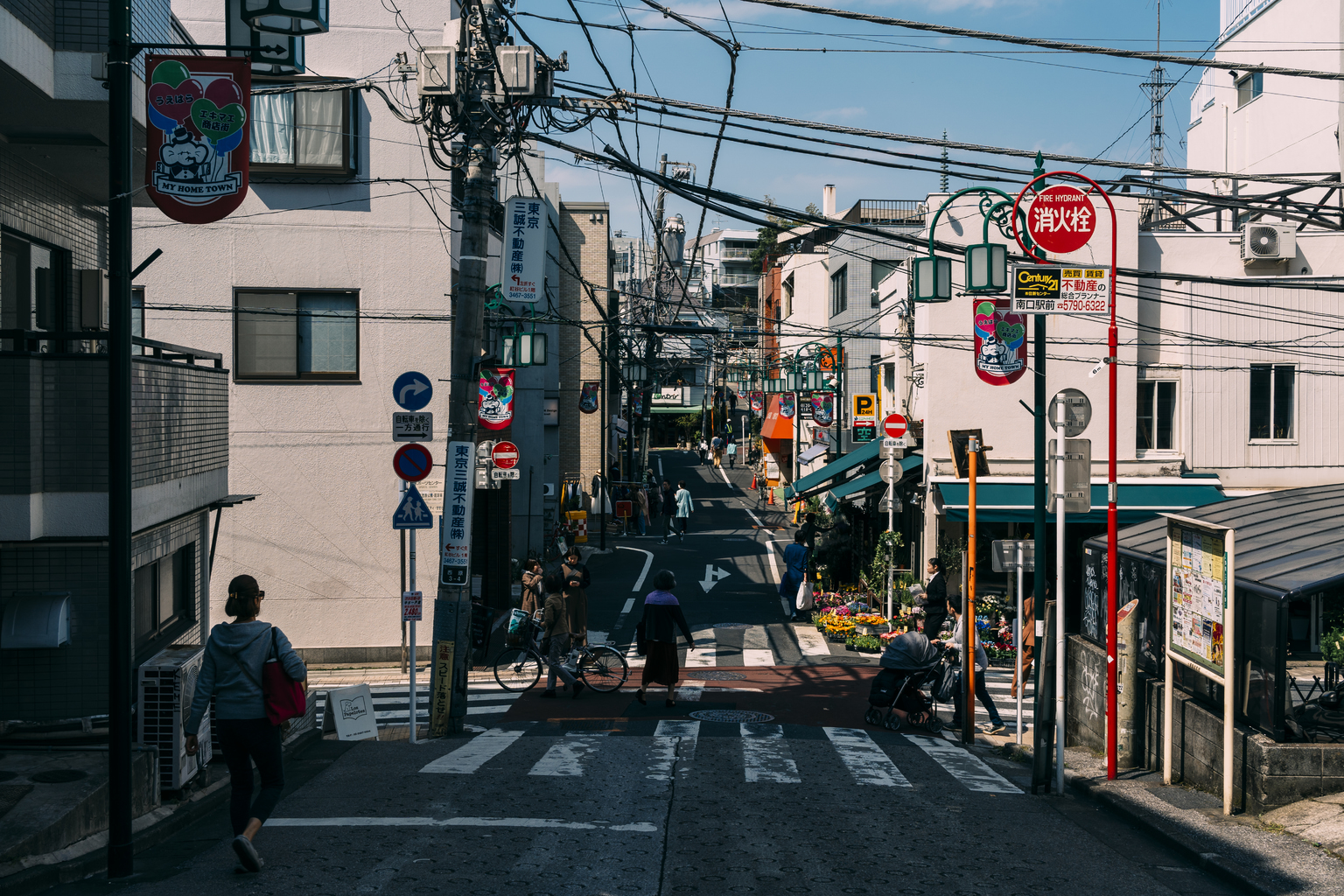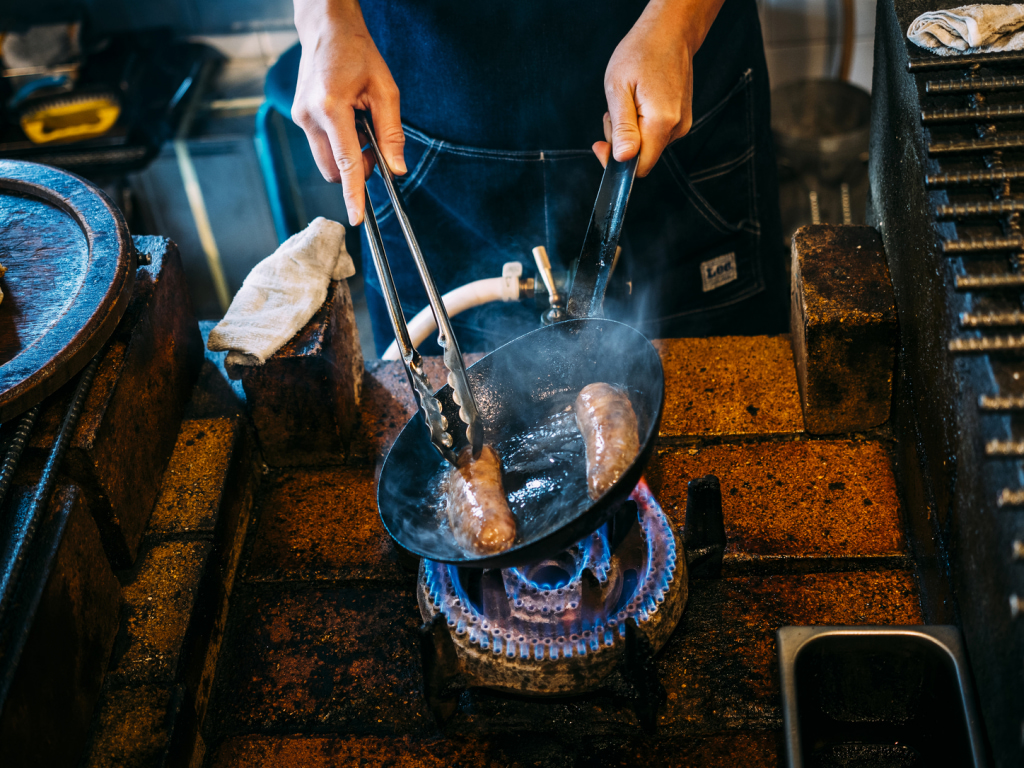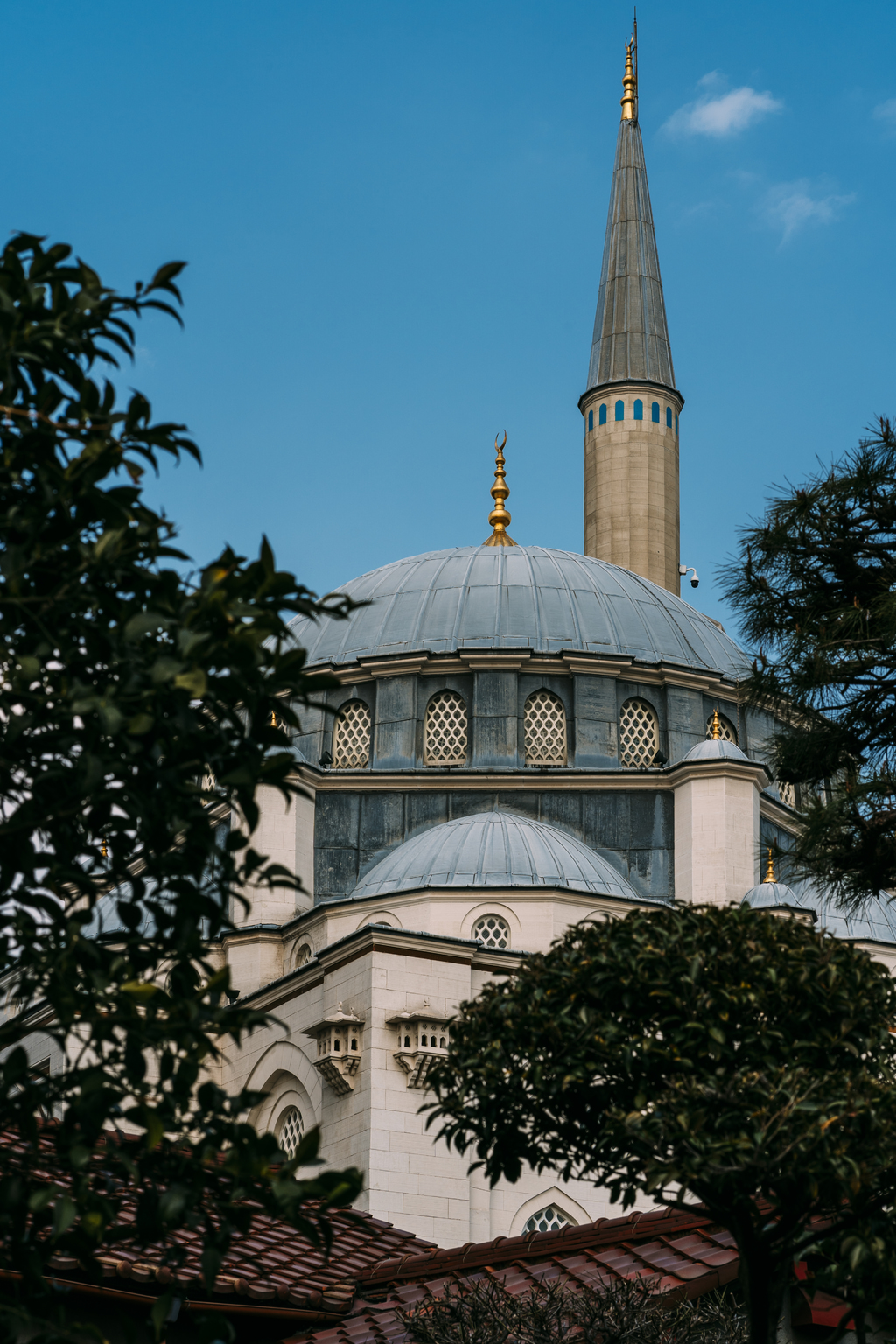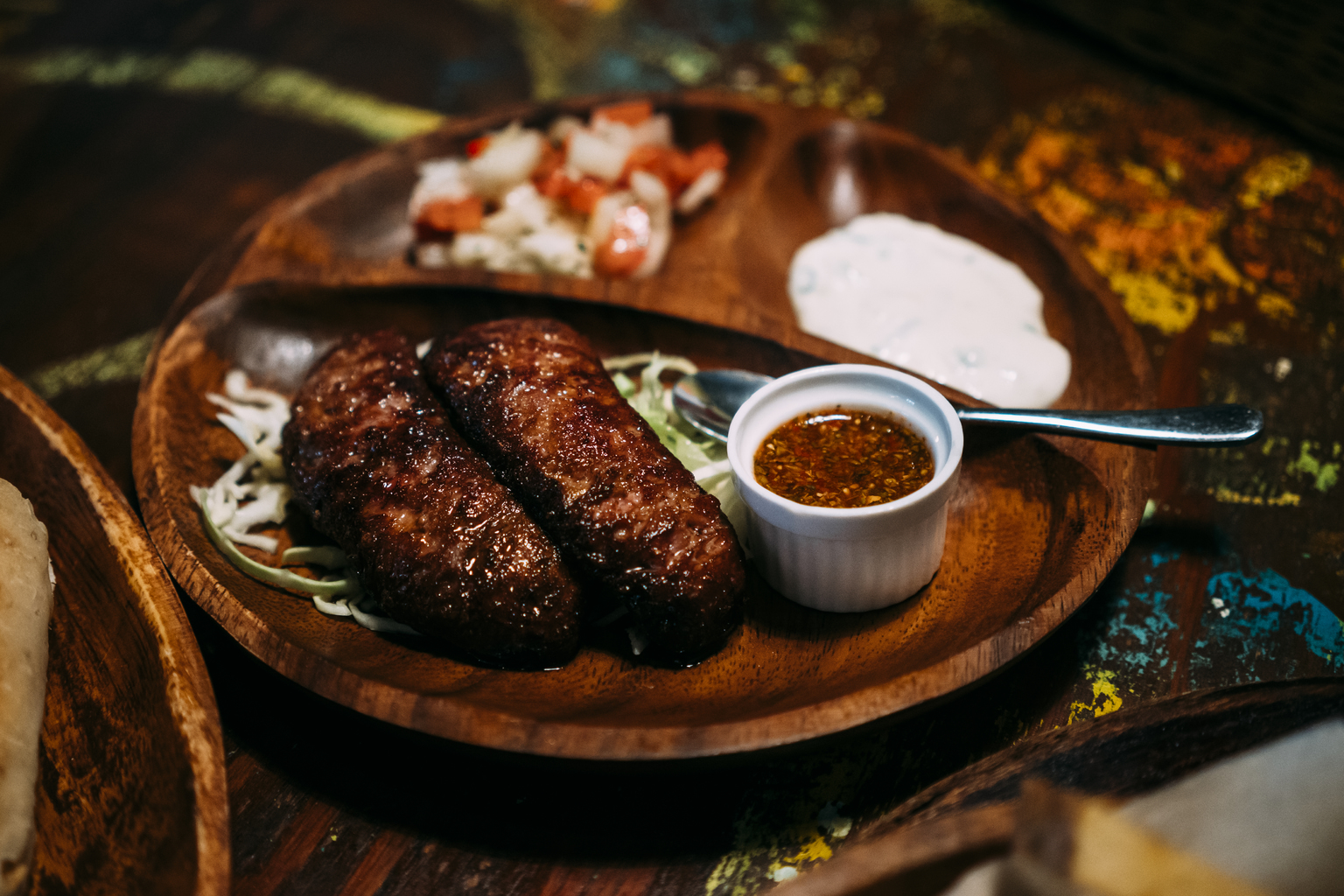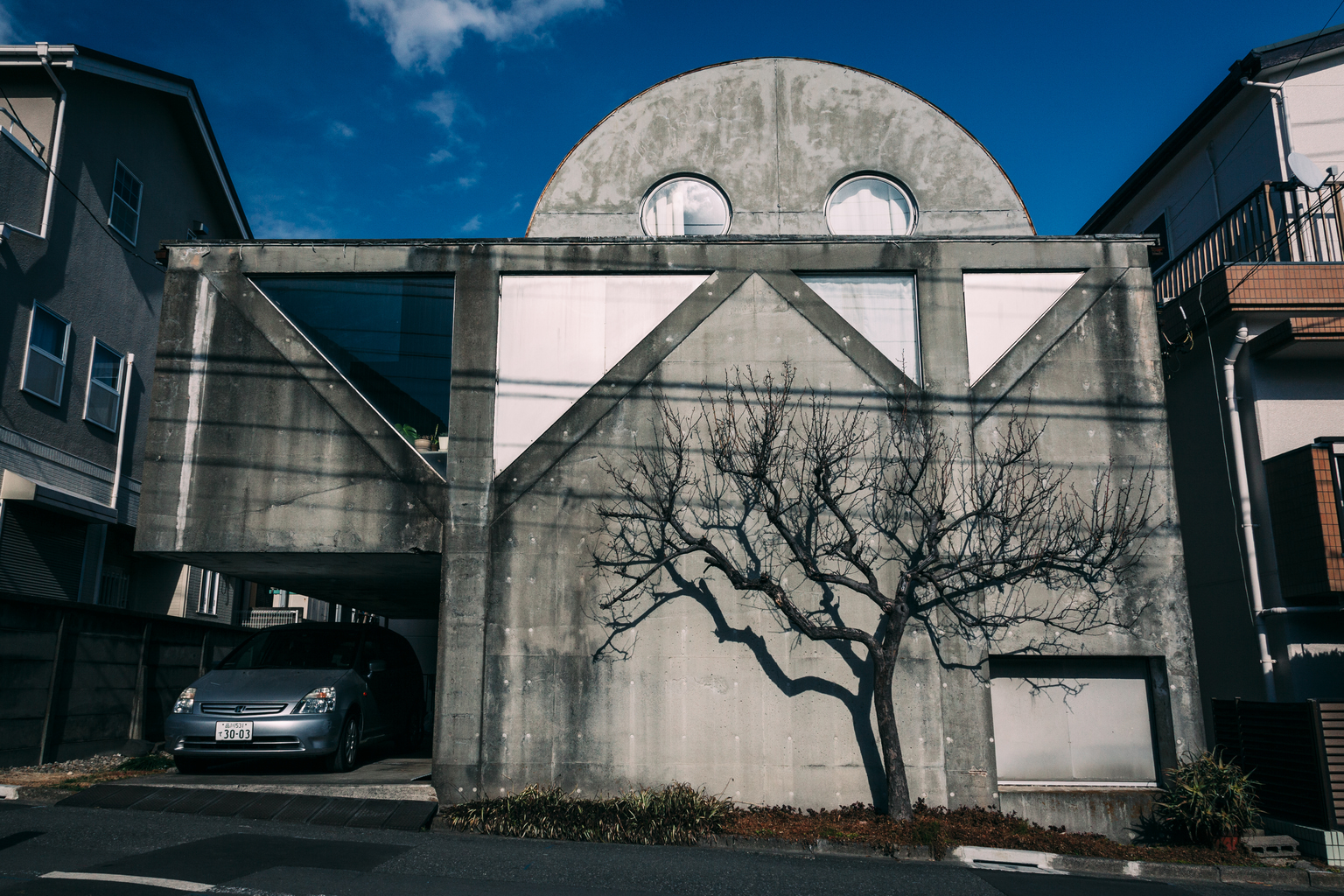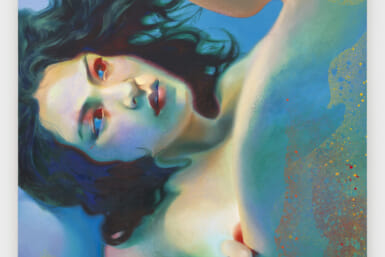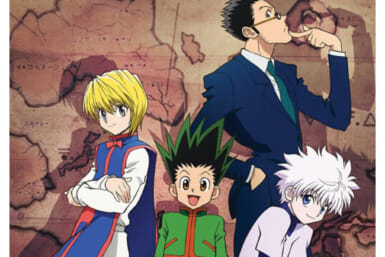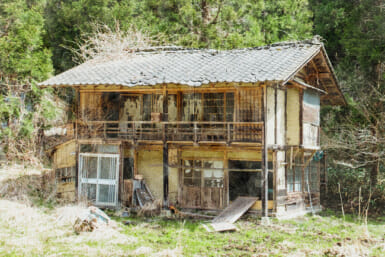The quiet suburb of Yoyogi-Uehara – a stone’s throw from Yoyogi Park – may not look like much on the surface but drop down a few gears and meander around for some rewarding treats you won’t find anywhere else in the city.
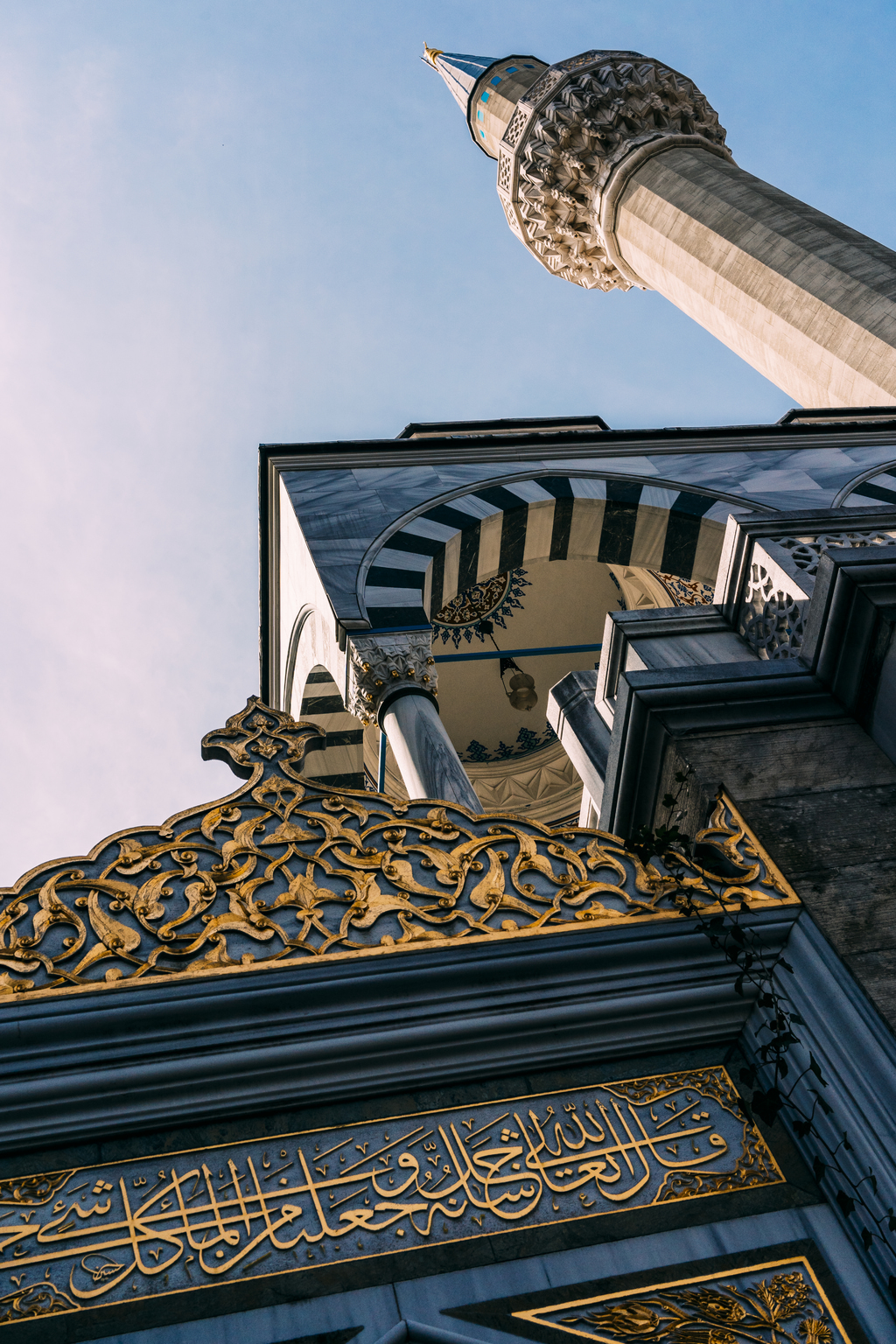 Magnificent Mosque
Magnificent Mosque
The grand structure of the Tokyo Camii & Turkish Cultural Center, the largest mosque in Japan, is a beautiful neighborhood landmark both inside and out. The Camii has been proudly welcoming visitors, Muslim or not, since June 2000. It stands on the site of its predecessor, which was originally built in 1938 by refugees from Russia following the 1917 October Revolution and eventually torn down in 1986 due to severe structural damage. The new building is adorned with Arabic calligraphy and other designs characteristic to Islamic architecture throughout and offers plenty beyond a place to pray. The multipurpose ground floor contains a library and a small shop selling Turkish souvenirs, while the second floor boasts a marbled terrace with decorated arches. The terrace leads to the cool, blue-carpeted and spacious prayer hall, housed under a huge, intricately decorated dome from which hangs an impressive chandelier. There is also a separate area of worship for women only (women entering the prayer area must keep their hair covered with a scarf, which is provided onsite if needed).
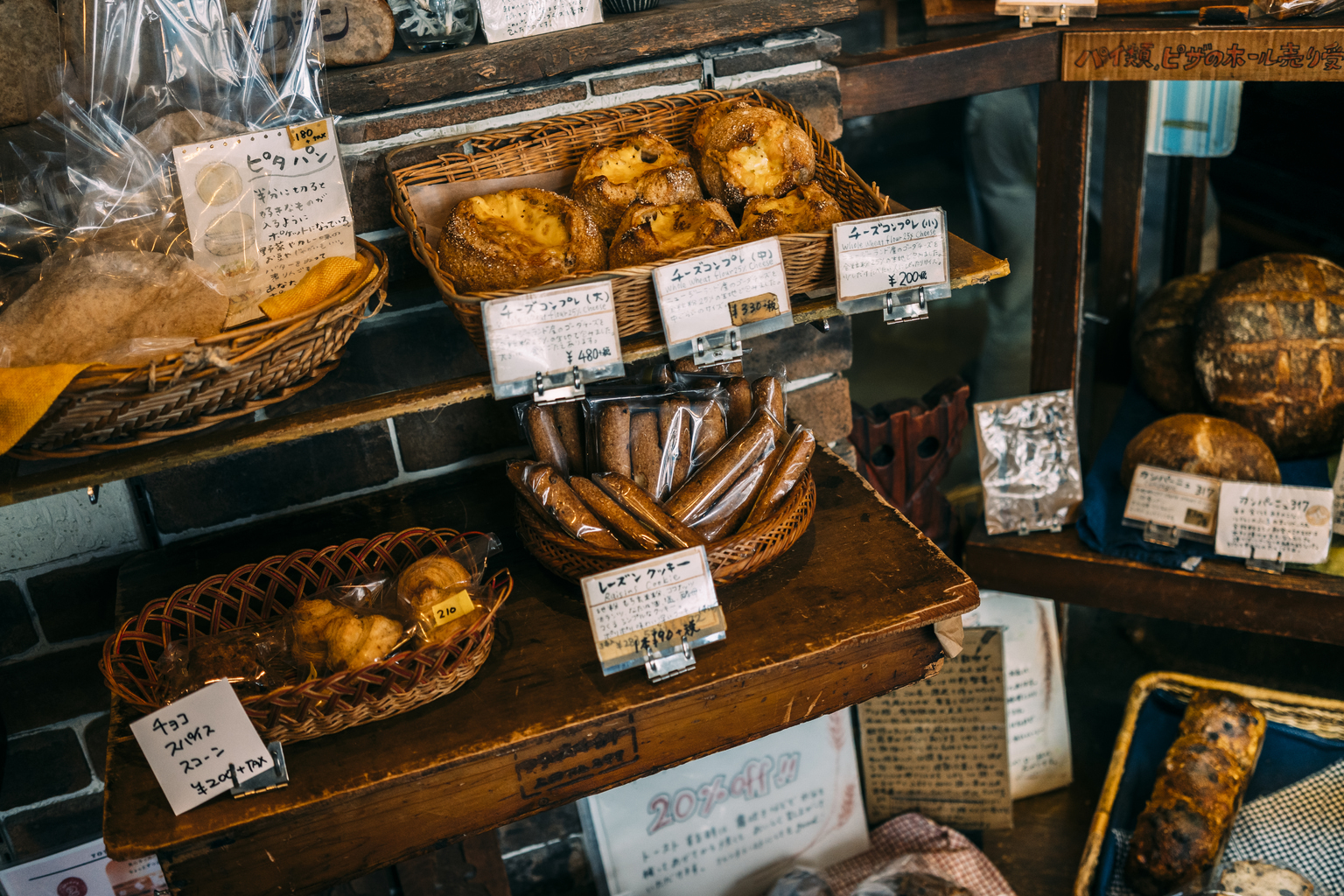 Cosmopolitan Cuisine
Cosmopolitan Cuisine
The cafés and bakeries scattered around Yoyogi-Uehara reflect the cozy, neighborly feel of the area. There are a number of great options to seek out, from the Parisian-influenced stylings of Boulangerie et Cafe Main Mano (whose head chef was the first from Japan appointed to the luxurious Hotel de Crillon in France) to the more sleek, modern establishments such as Asterisque or Bien-Etre Patisserie (well-known for its exquisite parfaits). For those seeking something particularly special, Haritts is a donut shop that blends so well into the neighborhood it’s a bit tricky find. Their delicious doughy balls are such a hit they often sell out super quickly. For a café that draws its inspiration not from Europe but from South America, head to Mi Choripan. Choripan (chorizo sausage in a roll) is the street food of choice for many Argentines and is available here with various custom toppings or as part of a salad platter. For something more traditional to the area, grab some locally produced tofu from the long-standing and popular Otaya Tofu Shop.
Musical Maestro
Another significant landmark in Yoyogi-Uehara is the Koga Masao Museum of Music. Built on the site of the former residence of Masao Koga, the composer to whom the museum is dedicated, the building contains a replica of the popular Showa-era melody maker’s dwellings, various memorabilia related to his legacy and a complete library of his works. The museum also contains a small hall of fame that pays tribute to other stalwarts of Japan’s pop culture past. While the museum’s appeal is fairly niche (no English information is available other than the complimentary pamphlet), the venue also includes a concert hall that can be rented for public use.
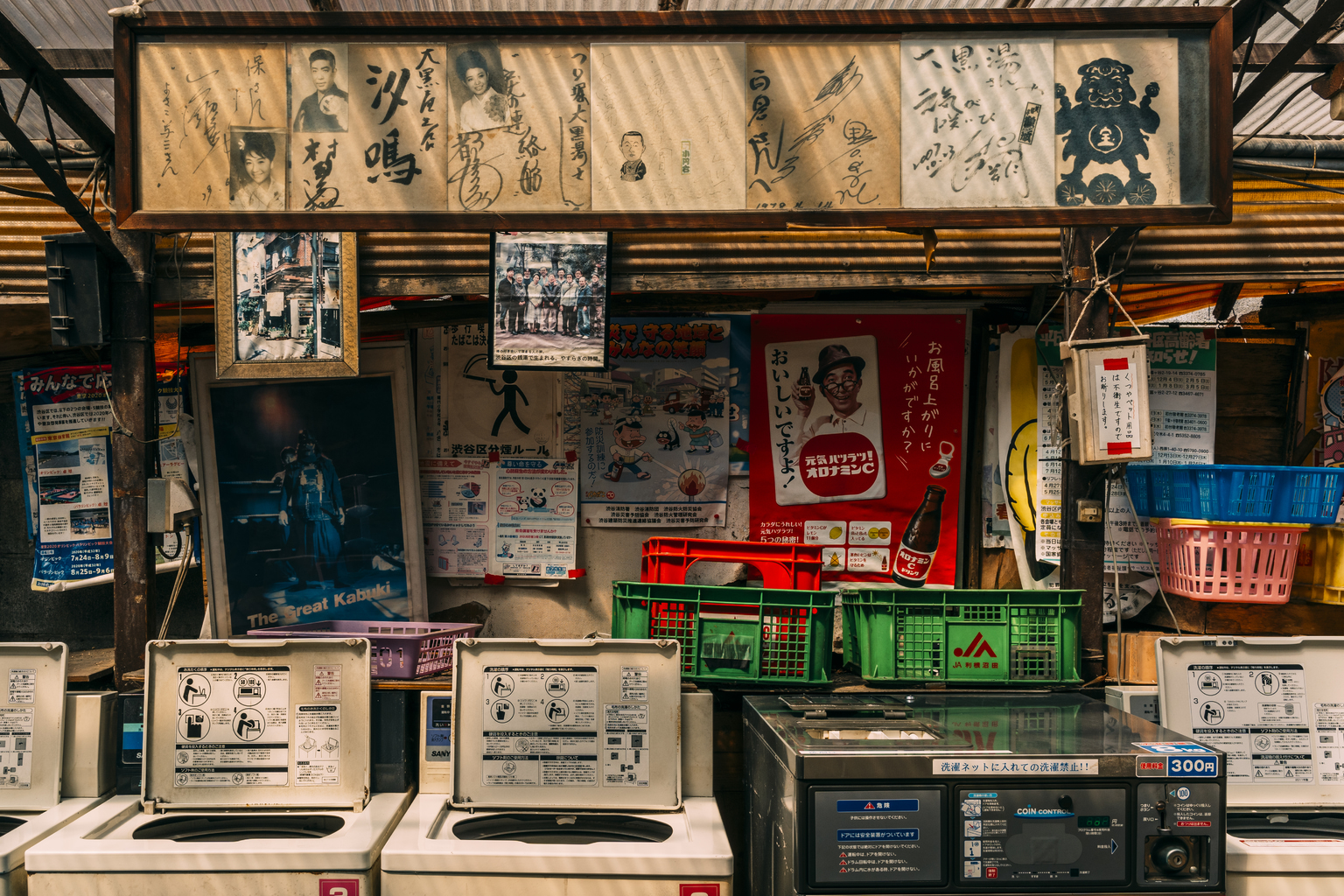 Local Treasures
Local Treasures
Architecture buffs will want to stop by Kazuo Shinohara’s “House in Uehara.” Designed in 1976 and made from exposed reinforced concrete, the small two-story residential building is the embodiment of the influential Japanese architect’s declaration that “a house is a work of art.” Unfortunately, being that it is actually someone’s house, it’s not possible to venture inside. For another architecturally interesting building – that can be entered – stop by Daikoku-yu. Surrounded by fading posters, antique objects and celebrity autographs from a bygone era, the 40-year-old public bath doubles up as a launderette – perfect if you and your clothes need a bit of freshening up before heading out for evening dinner and drinks. On that note, we recommend tucking into a variety of crab dishes at the Canned Crab Bar or sipping on cocktails at the Fireking Cafe.
